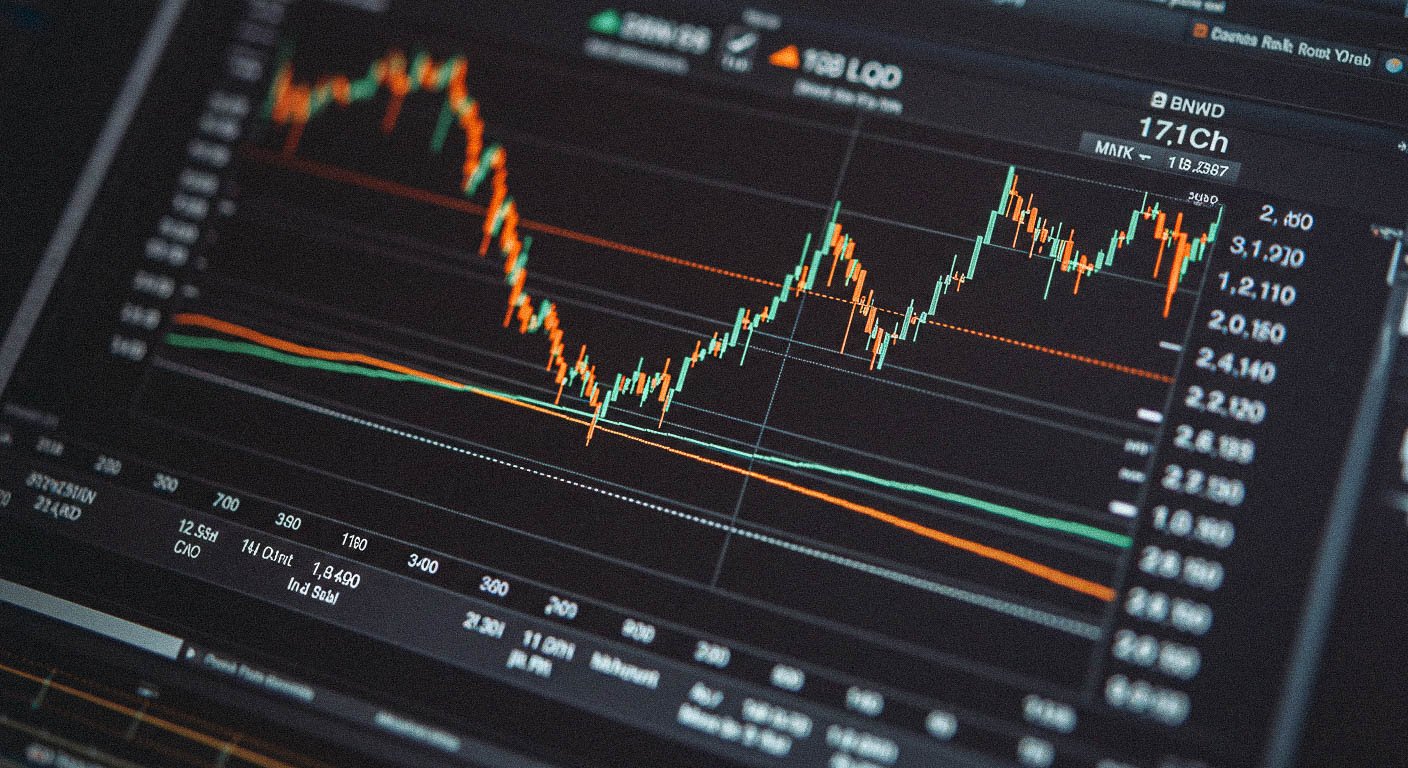In a high-interest-rate environment, investors are looking for ways to earn stable, predictable income without exposing themselves to the volatility of the stock market. Bond funds offer a balanced approach, providing regular interest income and potential capital appreciation while minimizing risk.
This article outlines a strategic bond fund portfolio designed to target a 6% annual return, covering investment selection, risk management, and recommended funds.
1. Why Invest in Bond Funds Now?

1.1 Favorable Interest Rate Environment
With interest rates remaining high, bond yields have increased significantly, offering investors more attractive returns compared to previous low-rate periods.
- The U.S. 10-year Treasury yield is currently around 4.5% to 5.0%
- Investment-grade corporate bonds offer yields of 5% to 6%
- High-yield bonds (junk bonds) provide returns in the range of 7% to 9%
Bond funds allow investors to access these opportunities without the complexity of buying individual bonds.
1.2 Bond Market Trends
- If interest rates remain high, bond funds can continue to generate strong yields
- If rates decline, bond prices will rise, leading to capital gains in addition to interest income
Given these factors, bond funds are currently positioned as a strong option for income-focused investors.
2. Portfolio Strategy for a 6% Return

To achieve a 6% annual return, a well-balanced portfolio should include government bonds, investment-grade corporate bonds, and high-yield bonds.
2.1 Recommended Portfolio Allocation
| Bond Type | Allocation | Expected Yield |
|---|---|---|
| Government Bonds (U.S. Treasuries, European Sovereign Bonds) | 40% | 4-5% |
| Investment-Grade Corporate Bonds | 30% | 5-6% |
| High-Yield Bonds | 20% | 7-9% |
| Short-Term Bonds and Cash Equivalents | 10% | 3-4% |
2.2 Portfolio Considerations
- Government bonds provide portfolio stability
- Corporate bonds offer higher yields with moderate risk
- High-yield bonds increase return potential but require risk management
- Short-term bonds and cash equivalents help manage liquidity
This diversified approach balances income generation and risk, making it suitable for long-term investors.
3. Top 3 Bond Funds for a 6% Return

Selecting the right bond fund is critical for maximizing returns while minimizing risk. Here are three highly regarded bond ETFs:
3.1 Vanguard Total Bond Market ETF (BND)
- Focus: U.S. Treasuries and investment-grade corporate bonds
- Average Yield: Around 4.5%
- Best for: Investors seeking broad bond market exposure with low fees
3.2 iShares iBoxx $ Investment Grade Corporate Bond ETF (LQD)
- Focus: Corporate bonds issued by top global companies
- Average Yield: Approximately 5.5%
- Best for: Those wanting higher returns while maintaining strong credit quality
3.3 SPDR Bloomberg High Yield Bond ETF (JNK)
- Focus: High-yield (junk) bonds for increased returns
- Average Yield: Around 7.5%
- Best for: Investors willing to accept higher risk for greater income potential
These funds provide a well-rounded bond portfolio suited for a targeted 6% return strategy.
4. Risk Management for Bond Fund Investors
4.1 Interest Rate Risk
- If interest rates rise, existing bond prices decline
- To mitigate this risk, include shorter-duration bonds in the portfolio
4.2 Credit Risk
- Corporate and high-yield bonds carry default risk
- Investors should focus on investment-grade bonds for stability
4.3 Currency & Inflation Risk
- International bond investments expose investors to currency fluctuations
- Inflation can erode real returns, making inflation-protected bonds (TIPS) a viable option
By applying risk management techniques, investors can protect their portfolios while earning stable returns.
5. Who Should Invest in Bond Funds?
- Investors seeking higher yields than traditional savings accounts
- Retirees or income-focused investors looking for consistent interest payments
- Those concerned about stock market volatility and looking for a low-risk alternative
Bond funds are ideal for long-term income generation and capital preservation.










